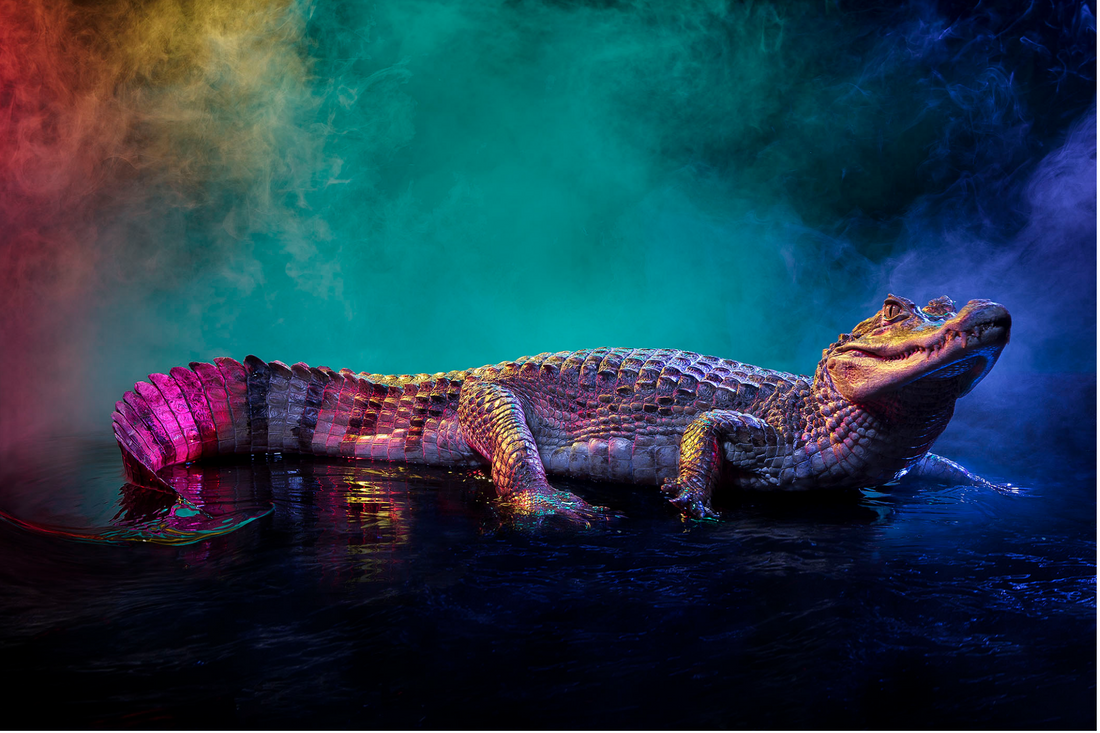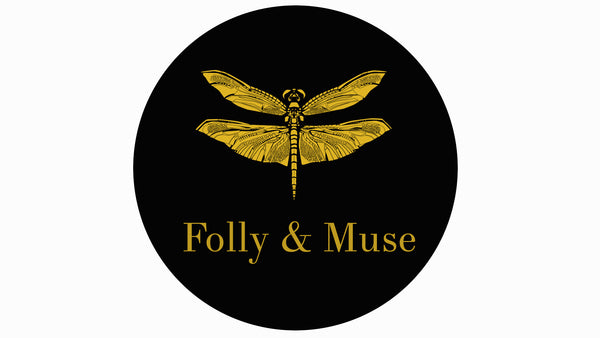
Andrew McGibbon - Animal Lectures - A live photography event
Share
Animal Lectures at HTH Arts Centre from TheProducersUK on Vimeo.
Read Andrew McGibbons interview with Wired.com!
Andrew McGibbon likes photographing creatures that might want to take a bit out of him. After proving that snakes aren’t so scary, it only makes sense the photographer’s next move would be a bigger, badder reptile. In his newest series, Caiman crocodilus, McGibbon goes head to head with the bony olive-green scales, powerful jaws, and slitted pupils of spectacled caimans.
“I wanted to work with caiman, as they have been around for 250 million years,” McGibbon says. “They are a connection to an ancient earth, one that’s been around for a whole lot longer than us.”
To acquire his subjects, McGibbon worked with animal psychologist/co-ordinator Trevor Smith and reptile specialist Rob Louth of Animals Work and Reptile Life. The creatures live on a reserve in Peterborough, England, and were transported to London specifically for the shoot. There were four caimans on set for their glamour shots: Dorothy was the biggest, at four feet, followed by Mr. Snappy, his brother Desmond, and baby Jeffrey. They were placed in a DIY tank made from a wood frame and several layers of thick plastic filled with water. A table sat in the middle, allowing McGibbon to shoot on eye level with the reptiles.
“Working in such close proximity with caiman was absolutely amazing,” McGibbon says. “[It was] seriously exhilarating. I had my camera and face pretty close at times and besides the obvious concern of being bitten (which was never very likely) the water in the trough would go everywhere whenever the animal thrashed. I was completely soaked.”
McGibbon is a resident artist at Hornsey Town Hall Arts Centre in London, and the shoot was in the centre’s opulent main hall. All the photos were made in five hours, one hour of which was open to a paying audience. There were over 100 people on set, only 15 of which were actual crew members. “The whole thing looked a lot like one of those old medical lectures from the 1800’s… It was amazing,” he says.
McGibbon’s crew was divided into four parts: a photographic team that included his first and second assistants; a few helping hands to waft smoke from the smoke machines; the animal wranglers, Smith and Louth; and a film crew to capture the whole event. The photographer directed everyone, including the reptiles. “I would just ask for increasingly difficult things from [Smith and Louth], like, ‘Hey Rob, can you make her spin round and snap her ferocious jaws straight toward the camera?’ He would then kind of scoff and proceed to get her to do just that. Worked every time,” he says.
The colorful lights and smoke in McGibbon’s images are a far cry from typical nature photos; the result is a scene not unlike some kind of crocodile night club. His gear included six Profoto light heads with colored gels, two Antari ice low fog machines, and a Canon 5D Mark III. He also had a beauty dish (typically used for fashion shoots) and reflector. McGibbon hopes his strange approach help people see these creatures in a different light. “In all my animal work, my overarching aim is to photograph an animal in a way that is unusual and unique,” he says. “Thus prompting the viewer to see the creature with a new or fresh appreciation.”
Go to http://www.follyandmuse.com/collections/andrew-mcgibbon to see the full range of his photography on Folly & Muse.






1 comment
It’s about time soomnee wrote about this.